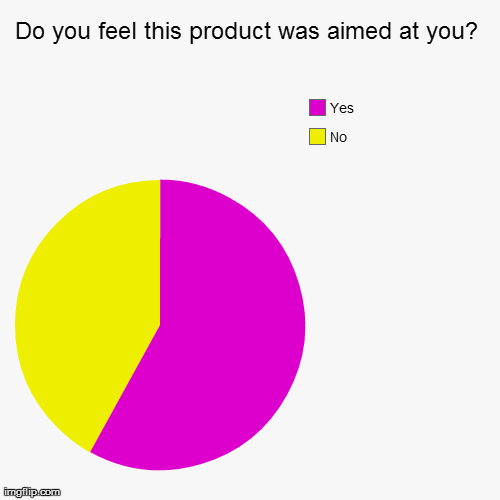Evaluation - Question 4
How did you use media technologies in the construction, research, planning and evaluation stages?
Camera - I was fairly familiar when using the video cameras as I had been using them to make other products, both print and film in my previous few years of studying media, so I was comfortable with using the settings and various options, including the various modes and still image options.
What I did struggle with was when I had to record sound as it appeared to be low quality with fuzzy feedback and I needed crisp, high quality to produce professional results, I eventually had to resort to using the sound recorder on my I Phone.
The zoom also posed problems for me as the camera had a hard time focusing when the camera was at full zoom, I then decided I wouldn't use any slow zoom shots and that I would use panning shots instead.
What I did struggle with was when I had to record sound as it appeared to be low quality with fuzzy feedback and I needed crisp, high quality to produce professional results, I eventually had to resort to using the sound recorder on my I Phone.
The zoom also posed problems for me as the camera had a hard time focusing when the camera was at full zoom, I then decided I wouldn't use any slow zoom shots and that I would use panning shots instead.
Tripod - I had used the tripod on various occasions when taking still images to keep the pictures level and at the same height but had never used a tripod when filming so was unfamiliar with the options for allowing the camera to pan horizontally and vertically and to tilt on a slanted angle, this posed problems when trying to pan smoothly but improved with practice.
Light Box - Using the light box was a massive help when filming in dark areas as it gave a soft light that allowed the scene to still look like it had been shot in the dark.
Photoshop - Photoshop has always been the editing program I've used when doing print work so I was perfectly comfortable when using it to create my film poster and magazine front cover. I have done plenty of exploring on Photoshop due to its vast amount of options and editing techniques so I am always learning and finding new things to try out.
When making the film poster, the focus of my experimentation was the hue of the characters faces. I had originally planned for the characters to be in black and white but they looked too dull and seemed to blend in with the background, I then decided that it would look better if the characters matched the base colour of the secondary picture, the yard, which was a copper-like colour. I changed the hue of the pictures from black and white to get the copper colour and then changed the brightness and contrast to add more shade and highlights to the character's faces so they would appear sharper and more crisp.
I struggled a little to get the two characters to match in hue and contrast as I had taken the pictures separately and at different times of the day so their original shadows differed, resulting in the same amount of colour and shading to cause a different effect.
I also experimented with the brightness and contrast when making the magazine front cover so the that the flash of the camera didn't make the subjects face too shiny and, with the use of shading, made the subject's features more prominent.
When making the film poster, the focus of my experimentation was the hue of the characters faces. I had originally planned for the characters to be in black and white but they looked too dull and seemed to blend in with the background, I then decided that it would look better if the characters matched the base colour of the secondary picture, the yard, which was a copper-like colour. I changed the hue of the pictures from black and white to get the copper colour and then changed the brightness and contrast to add more shade and highlights to the character's faces so they would appear sharper and more crisp.
I struggled a little to get the two characters to match in hue and contrast as I had taken the pictures separately and at different times of the day so their original shadows differed, resulting in the same amount of colour and shading to cause a different effect.
I also experimented with the brightness and contrast when making the magazine front cover so the that the flash of the camera didn't make the subjects face too shiny and, with the use of shading, made the subject's features more prominent.
Pinnacle - I had only used pinnacle once before making this product so experimented massively with the options throughout the production of the trailer.
I managed to change the lighting in various scenes to make it appear darker and more relevant to it's genre and seemed to take away the glare when the sun had been shining in some scenes.
I struggled a little at first with cutting the clips down to the right time, making the transitions the same length and having it tie in with the pace of the music, this seemed to improve after multiple attempts and practice.
I managed to change the lighting in various scenes to make it appear darker and more relevant to it's genre and seemed to take away the glare when the sun had been shining in some scenes.
I struggled a little at first with cutting the clips down to the right time, making the transitions the same length and having it tie in with the pace of the music, this seemed to improve after multiple attempts and practice.
.JPG)

















